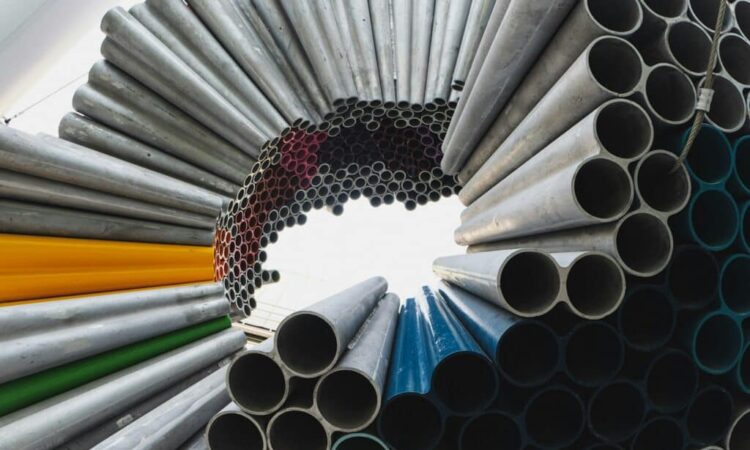
Selecting the right piling pipe is crucial to the stability and safety of any deep foundation project. From infrastructure and bridges to waterfront development and commercial buildings, the wrong pipe size or grade can lead to compromised integrity, unnecessary costs, and even structural failure. Fortunately, a systematic approach can help ensure you’re choosing the correct specifications from the start.
This step-by-step guide walks you through the essential factors to consider when selecting piling pipes for your next job.
Step 1: Understand Your Project’s Load Requirements
Before diving into specifications, define your structural demands. Ask your engineering team:
- What is the total load that the pile must support?
- Are there lateral loads due to wind, seismic activity, or water flow?
- What are the safety margins required?
Understanding load-bearing needs helps determine the wall thickness, diameter, and grade of steel needed for the pile to maintain its structural integrity over time.
Step 2: Conduct a Site-Specific Geotechnical Analysis
Soil conditions dictate how deep and how strong your piles need to be. A geotechnical survey will identify:
- Soil type (clay, sand, gravel, rock)
- Water table levels
- Corrosive elements in the soil
- Depth to stable strata
These findings influence the pipe’s length, driving method, and whether coatings or specialty alloys are needed to combat corrosion or soil movement.
Step 3: Choose the Right Pipe Diameter and Wall Thickness
Pipe diameter and wall thickness are critical for both load capacity and ease of installation.
- Common diameters range from 6 inches to over 36 inches.
- Wall thickness is usually expressed in pipe schedules or in inches (e.g., 0.500″).
The balance between size and weight affects how the pipe can be transported, driven into the ground, and tied into the foundation system.
Step 4: Select the Appropriate Steel Grade
Not all steel is created equal. The right grade ensures the pipe meets performance expectations under pressure, stress, and environmental exposure.
Typical steel grades used in piling include:
- ASTM A252 Grade 2/3 for general applications
- ASTM A500 for structural purposes
- API 5L for energy and pipeline-grade work
- A53 and A139 for larger, structural projects
High-strength grades allow for thinner walls while maintaining strength, which can reduce material costs and simplify installation.
Step 5: Consider Pile Type and Driving Method
Depending on your equipment and jobsite conditions, you may choose between:
- Open-ended pipe piles, which allow soil to enter the pipe during driving
- Closed-ended pipe piles, sealed with a steel plate to prevent intrusion
- Drilled piles, for precise placement in difficult soil conditions
- Driven piles, which are hammer-installed and ideal for faster installation
Each method places different demands on the pipe’s durability and structural performance.
Step 6: Account for Surface Treatment and Coatings
If your job involves exposure to corrosive elements (e.g., marine, chemical, or wetland environments), the pipe may require:
- Fusion-bonded epoxy coatings
- Galvanization
- Coal tar enamel or bituminous coatings
These treatments extend the life of the pipe and reduce long-term maintenance needs.
Step 7: Partner with an Experienced Supplier
Once you’ve identified your specifications, source your material from a trusted supplier who understands piling applications and can offer:
- Custom fabrication
- Just-in-time delivery
- Quality certifications
- Technical consultation
Companies like Stealth Pipe & Steel offer extensive inventories and tailored solutions for piling projects of all sizes, ensuring you get exactly what your engineering plan requires.
Conclusion
Choosing the correct size and grade of piling pipe requires careful consideration of load demands, soil conditions, structural design, and environmental challenges. By following these steps and consulting with knowledgeable suppliers, you can make decisions that ensure strength, stability, and long-term success for your foundation project. Investing time in selection now will prevent costly issues later—and set your build on solid ground from the very beginning.




